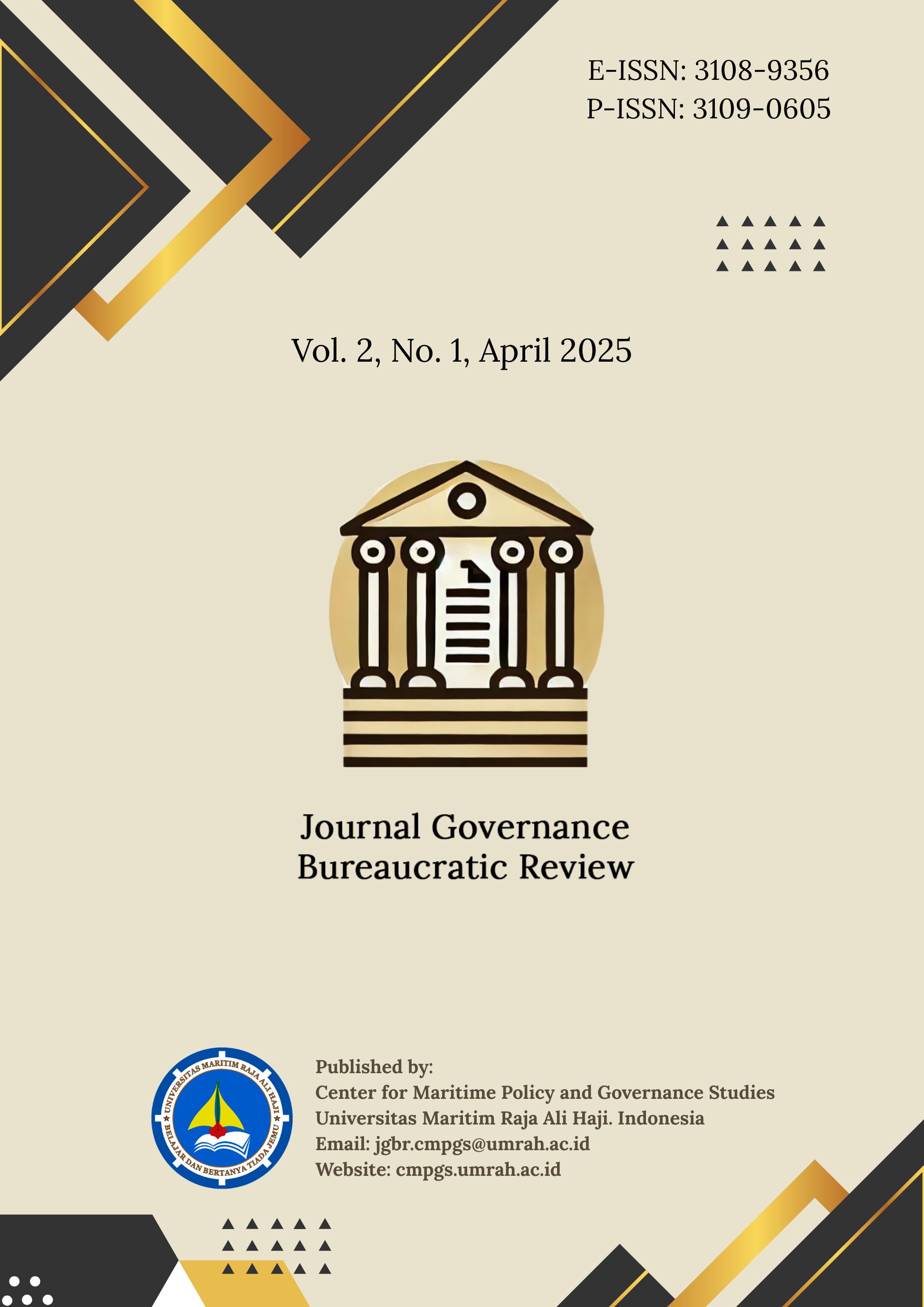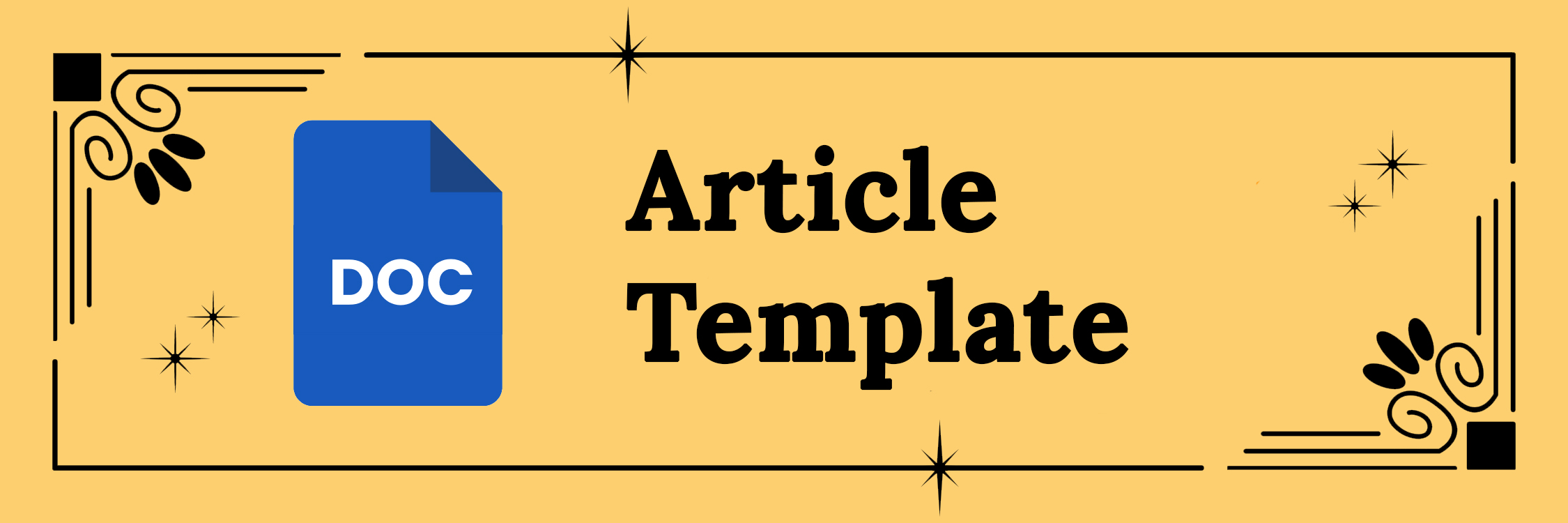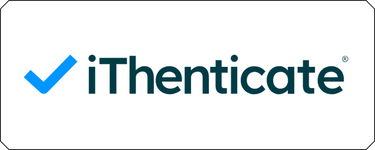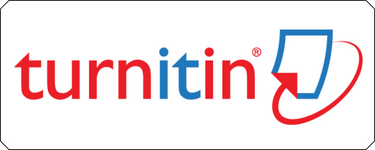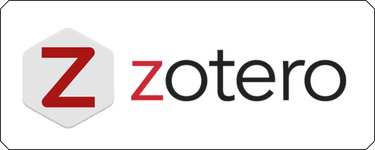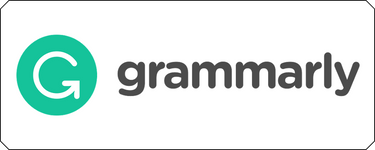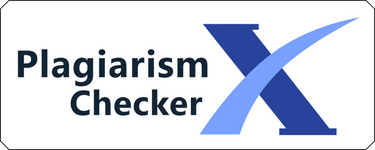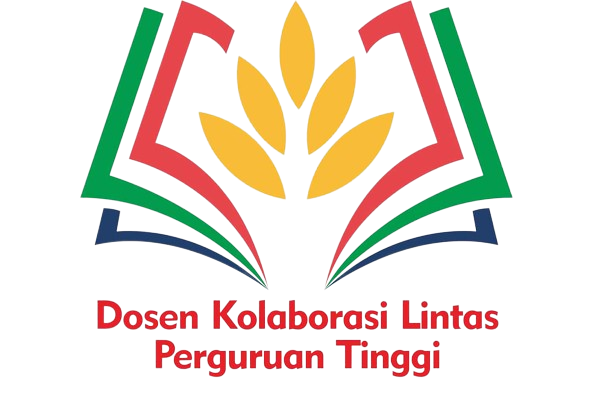Analysis of Gas Station Queue System; Case Study Gas Station 13.201.101 on Jalan Jamin Ginting, Medan Baru District, Medan City
DOI:
https://doi.org/10.31629/jgbr.v2i1.7434Keywords:
Queuing System, Arena Simulation, Service PerformanceAbstract
Public Fuel Filling Stations (SPBU) are essential facilities that support transportation by ensuring the availability of fuel for motorized vehicles. However, long queues, particularly during peak hours, often cause traffic congestion, wasted time, and reduced customer satisfaction. These inefficiencies are generally linked to limited service capacity and uneven workload distribution among fuel pumps. This study aims to analyze the queuing system at Gas Station 13.201.101, Jalan Jamin Ginting, Medan, using the M/M/s queuing model and simulation with Arena software. Data were collected through direct observation of vehicle arrivals and service times for motorcycles and cars. Statistical tests, including chi-square and Kolmogorov-Smirnov, were applied to determine the best fit for inter-arrival and service time distributions, which followed exponential and beta distributions, respectively. The results indicate that motorcycles had an average inter-arrival time of 3.8 minutes and a service time of 3.3 minutes, while cars averaged 5.5 minutes between arrivals with 5.9 minutes of service. The theoretical M/M/s analysis showed relatively efficient performance, with less than one minute of waiting time and pump utilization ranging between 32% and 70%. In contrast, Arena simulation reflected real operational conditions more accurately, showing no waiting lines but revealing uneven distribution of workload among pumps, with some exceeding 70% utilization while others remained low. These findings highlight that while the system is generally efficient, improvements in vehicle routing and pump allocation are necessary. Recommendations include optimizing station layout, operator training, and adopting automated distribution systems to enhance efficiency and customer satisfaction.
Downloads
References
Manalu, C., & Palandeng, I. (2019). Analysis System Queue Bicycle Motorbikes at the Public Fuel Filling Station (SPBU) 74.951.02 Malalayang. Journal EMBA: Journal Research Economy, Management, Business And Accounting , 7 (1), 551–560.
Farhan, F., Hendikawati, P., & Arifudin, R. (2013). Application Theory Queues and Simulations in Bank Teller Services. UNNES Journal of Mathematics , 2 (1), 17–23. http://journal.unnes.ac.id/sju/index.php/ujm
Fuad Dwi Hanggara, & Putra, RDE (2020). Analysis of Customer Queue System gas station With Approach Simulation Arena. Journal INTECH Industrial Engineering, Serang Raya University , 6 (2), 155–162. https://doi.org/10.30656/intech.v6i2.2543
Nasir, MA, & Andesta, D. (2024). ANALYSIS OF CUSTOMER QUEUE SYSTEM PERTALITE gas station 54.611.30 (Studies Case gas station
54.611.30 Jln. Major General Thank you, Prambanan, Subdistrict Kebomas, Gresik Regency). JUSTI (Journal of Industrial Systems and Engineering) , 4 (2), 277. https://doi.org/10.30587/justicb.v4i2.7342
Pellondou, E. H., Fanggidae, R. P., & Nyoko, A. E. (2021). Analysis Queue Theory on Motorcycle Lanes at Public Fuel Stations (Gas Station) Oobobo. Glory Journal Economy And Knowledge Social , 2 (1), 19–31.
Downloads
Published
Issue
Section
License
Copyright (c) 2025 Johana Purba, Roberta Simarmata, Mayono Suko Marbinoto

This work is licensed under a Creative Commons Attribution-ShareAlike 4.0 International License.
You are free to:
- Share — copy and redistribute the material in any medium or format for any purpose, even commercially.
- Adapt — remix, transform, and build upon the material for any purpose, even commercially.
- The licensor cannot revoke these freedoms as long as you follow the license terms.
Under the following terms:
- Attribution — You must give appropriate credit, provide a link to the license, and indicate if changes were made . You may do so in any reasonable manner, but not in any way that suggests the licensor endorses you or your use.
- ShareAlike — If you remix, transform, or build upon the material, you must distribute your contributions under the same license as the original.
- No additional restrictions — You may not apply legal terms or technological measures that legally restrict others from doing anything the license permits.

